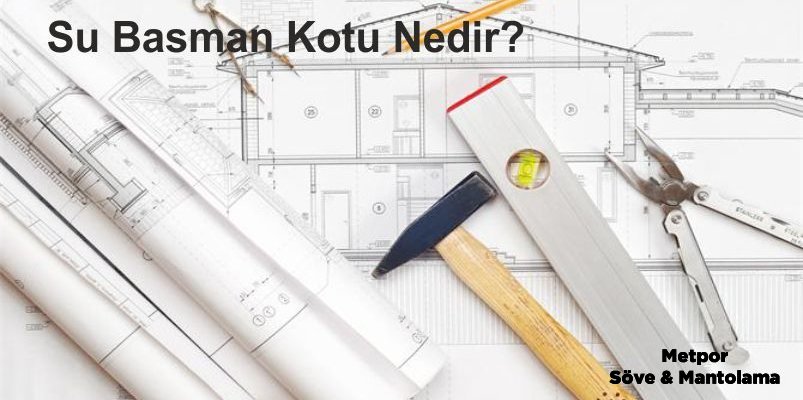What is Condensation and Condensation in Buildings?
It is the accumulation of water that occurs in the inner parts of the building elements and cannot be noticed at first. If this accumulation of water inside the building can be thrown out as a result of detailed physical events, there is no random danger in the building. Otherwise, it will damage the building elements. Therefore, the water vapor condensation inside the building element should not exceed a certain limit. Exterior jacketing application prevents condensation in buildings .
DEFINITIONS ABOUT WATER VAPOR
The air that people breathe in consists of two parts as dry air and water vapor. The humidity level in the air changes according to the climatic conditions. This amount can be changed by introducing moisture into the air or by removing moisture from the air. However, the humidity level change cannot exceed a certain limit. This limit is the saturation limit of water vapor in the air. Air that has reached the saturation limit is called saturated air. No more water vapor can be given to the saturated air purpose.
RELATIVE HUMIDITY
The level of partial pressure of water vapor in the air to the partial pressure of water vapor detected in saturated air at the same temperature is defined as relative humidity.
ABSOLUTE HUMIDITY
Relative humidity does not indicate the absolute value of moisture detected in the air. The amount of moisture corresponding to a unit volume of moist air is defined as absolute humidity.
SPECIFIC HUMIDITY
As a result of changes in temperature and water vapor level in the air, the mass and volume of moist air changes. However, in order to calculate the moisture amount in air-conditioning processes simply, the moisture amount should be given based on a fixed value. The only size that does not change in air is the dry air mass. The level of water vapor mass to dry air mass is defined as specific humidity.
DENSITY
The level of dry air and water vapor mass in humid air to the volume of moist air gives the density of moist air.
DEW POINT TEMPERATURE
The saturation temperature of the air for a given humidity level is defined as the dew point temperature. Condensation occurs when the temperature in the saturated air drops below the dew point temperature.
SWEATING
When the water vapor detected in the air comes into contact with a level below the condensation temperature, the water vapor in the air condenses. The conversion of condensation to water is called transpiration. Sweating is related to dew point temperature.
STEAM BREAKERS
They are the material layers that prevent by cutting the water vapor presented in the construction. In practice, it is impossible to completely cut off water vapor. But it is sufficient to reduce the spread of water vapor as much as possible. It is necessary to cut the water vapor in the hot area of the building element.
WATER VAPOR DIFFUSION RESISTANCE FACTOR
According to an air layer of the same thickness under the same temperature and atmospheric pressure conditions; It is a dimensionless quantity constant that shows how much the resistance of a layer of material is. The diffusion resistance factor of air is 1.
SPECIFIC RESISTANCE
The resistance to water vapor diffusion is defined as the specific resistance.
Metpor PARTIAL DIFFUSION RESISTANCE
It is the product of the material thickness S and the water vapor diffusion resistance factor. It is denoted by “r”. r=µ.S
PERMEABILITY
It is the product of the physical property of the materials that allow the passage of water vapor and the unit thickness of the material.
Permeability = Water vapor permeability stability x Unit thickness
STEAM DIFFUSION
In a construction, if the vapor pressure is different between the two sides of the construction, vapor diffusion occurs from the surface with high vapor pressure to the surface with low vapor pressure. Vapor diffusion takes place in the form of molecular transport from volumes with high moisture content to volumes with low moisture content. What is sheathing? You can also use our article.





Metpor
info@metpordekor.com
Okunma Sayısı : 198